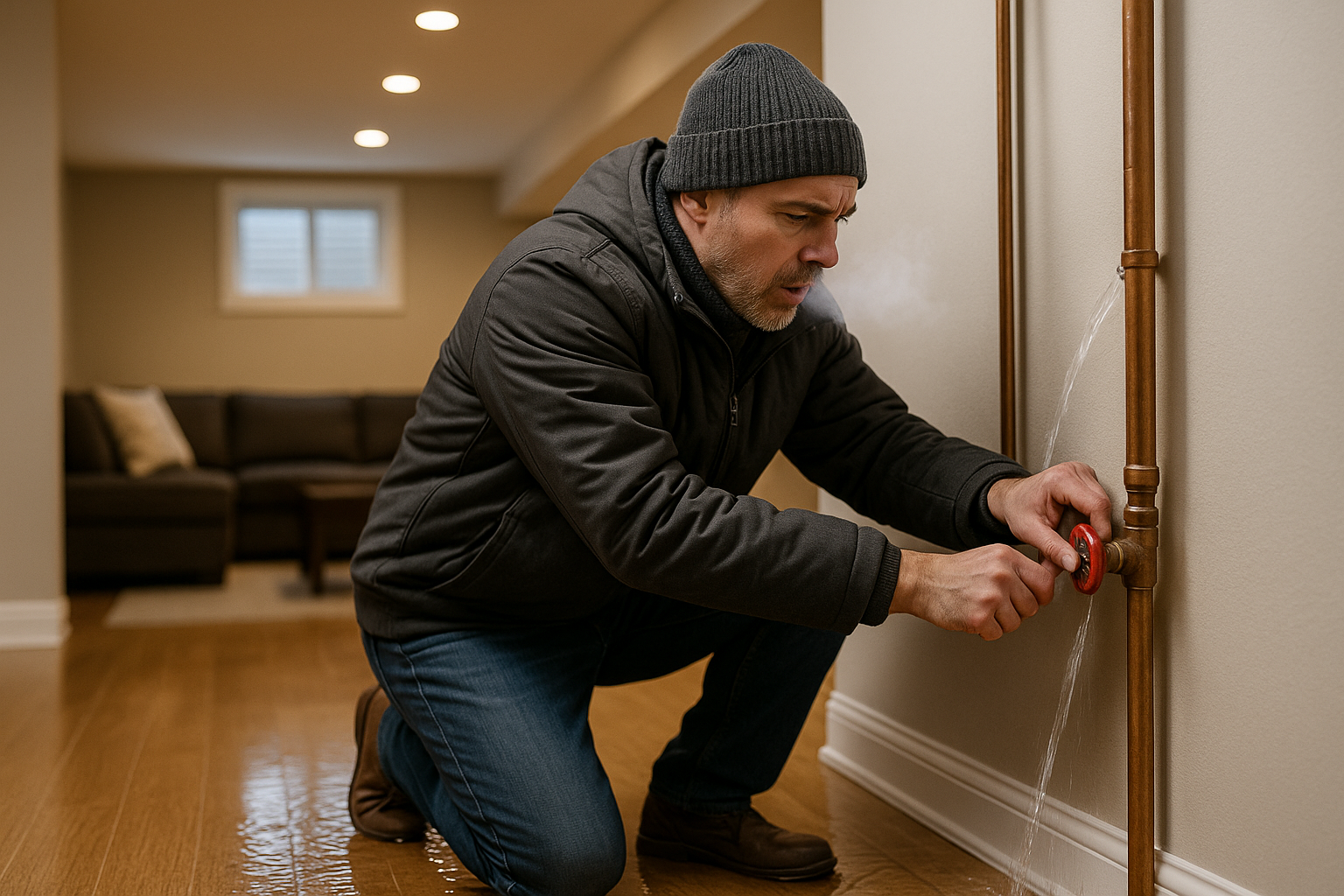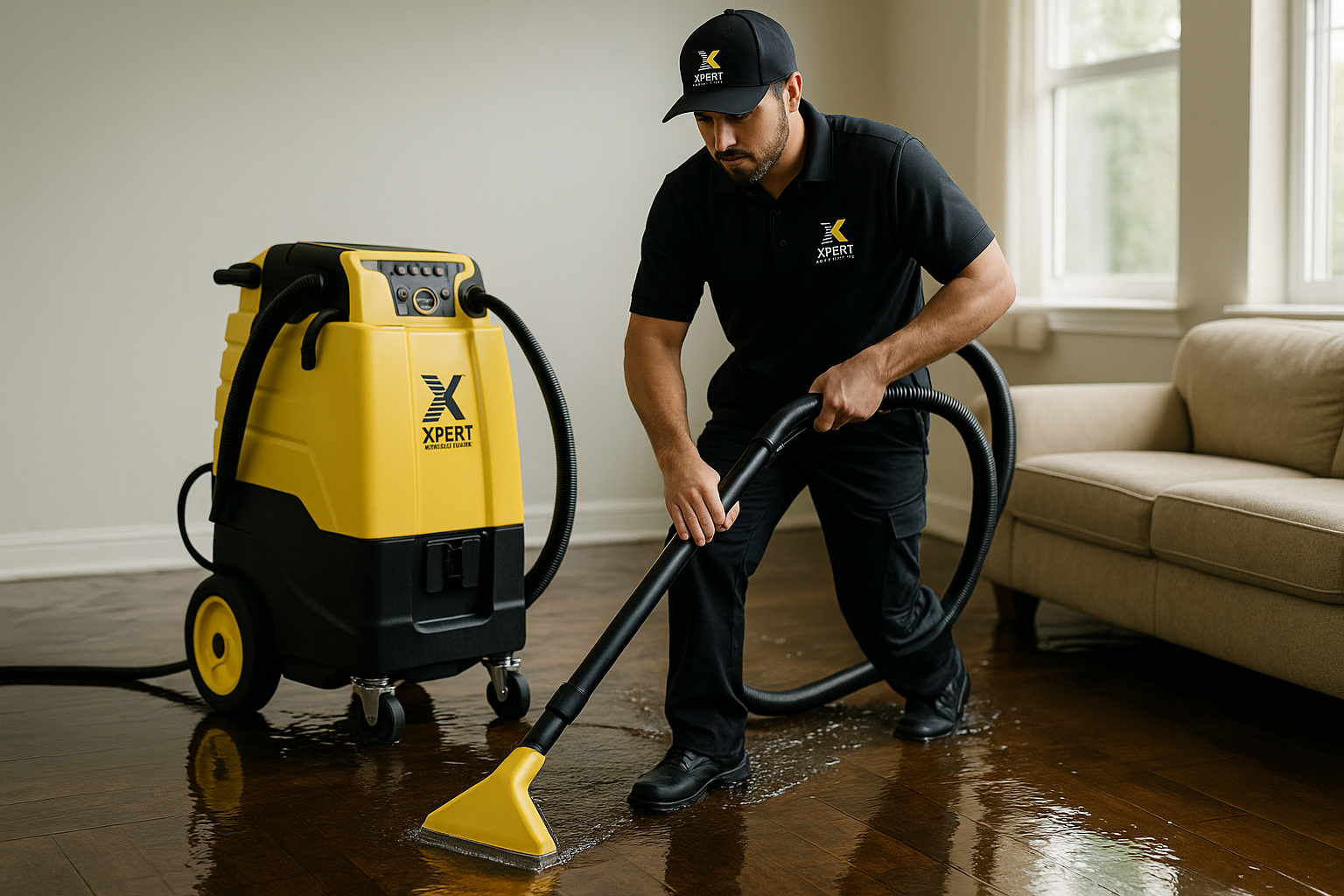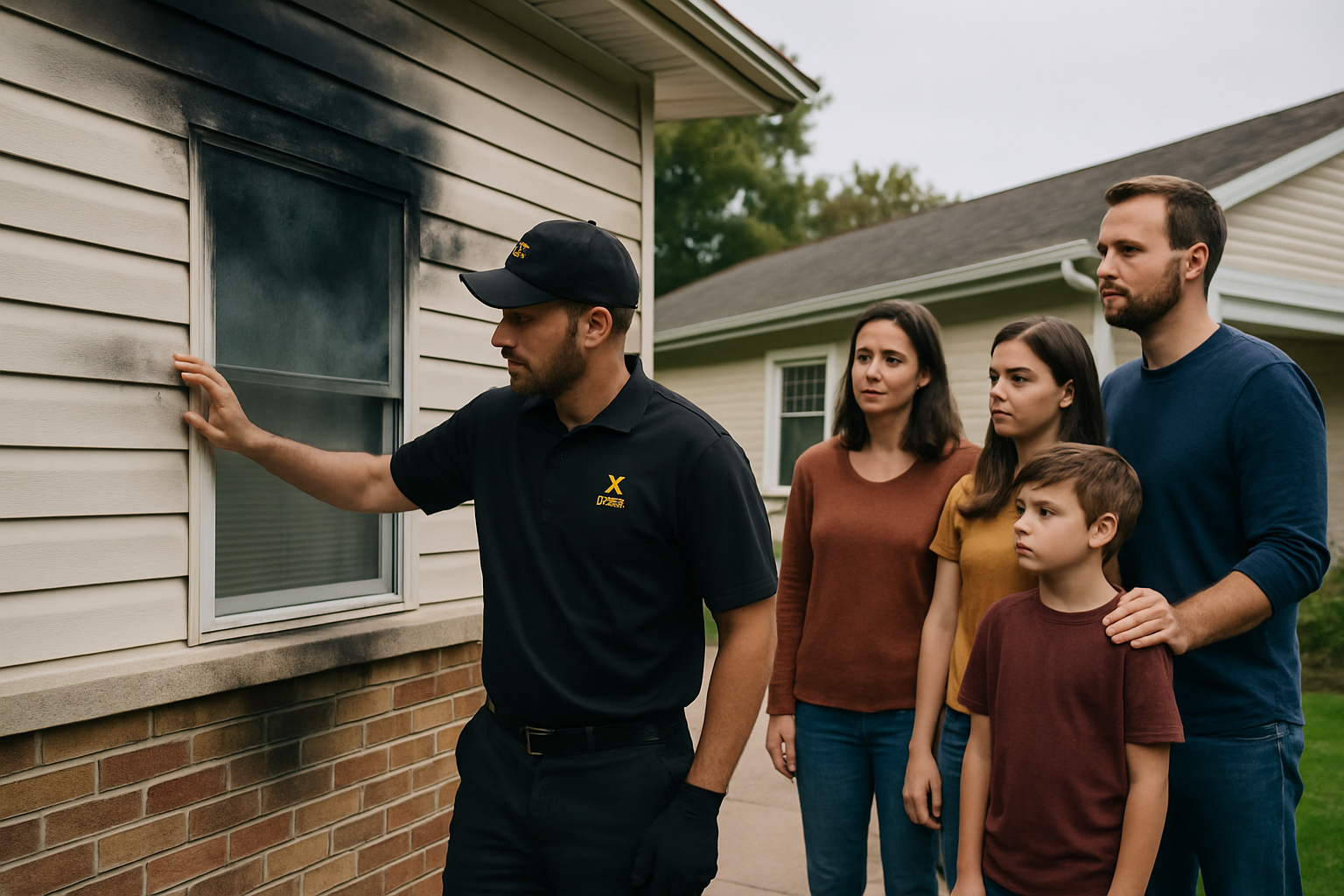How to File a Property Damage Claim: Step by Step for Illinois Homeowners and Businesses
A clear, practical guide for getting your claim paid fast in Illinois

Safety First and Preventing Further Damage
When disaster strikes, your first priority is always safety. Make sure everyone is out of harm’s way. If you have fire, smoke, or structural risk, call emergency services and let the professionals handle it. Once the property is safe, do what you can to keep the damage from getting worse. This could mean turning off the main water supply, boarding up broken windows, or placing tarps over an exposed roof. Insurance companies expect you to take basic steps to protect your home or business from additional harm. Failing to do so might limit what they pay out on your claim.
Document Everything
Taking Photos and Videos
The more evidence you have, the smoother your claim will go. Use your phone to take clear, wide shots of every room and every damaged area. Get close-ups of damaged items, appliances, or anything that could be important for your claim. If you have older photos of your property before the loss, save those too. They are useful for proving the difference between “before” and “after.”
Keeping Track of Belongings and Receipts
Create a list of anything that was damaged or lost. Include makes, models, purchase dates if you remember, and the original cost if possible. Save receipts for any emergency spending, like boarding up, drying equipment, or even hotel stays if you are displaced. Keep all these records in a safe folder or cloud storage for easy access.
Navigating Your Policy and Notifying Your Insurer
Reviewing Your Policy Details
Grab your insurance policy and actually read it. Focus on what perils are covered, your deductible amount, and any special limits or exclusions. Most people have never read their policy in full until disaster hits. If you get confused by the jargon, call your agent and ask for an explanation in plain English. Knowing what you are entitled to helps you avoid confusion and disappointment later.
Reporting the Loss
Contact your insurance company right away to start the claim. Many carriers have 24-hour phone lines or online portals for new claims. Give them the basics—what happened, when it happened, and what areas are affected. Ask for a claim number and write it down. This number is your reference for every conversation from now on.

Working With Adjusters and Contractors
Meeting the Adjuster
Your insurance company will assign an adjuster to visit your property. Be available for this meeting. Walk them through the damage, show them your photos, your list of losses, and any receipts. If you disagree with their findings, speak up politely and provide more documentation. Remember, the adjuster works for the insurer, not for you, so it is important to be organized and clear about what you have lost.
Getting Estimates and Repairs
For major claims, you may need to get repair estimates from licensed contractors or professional restoration companies. Choose contractors with real experience handling insurance jobs, not just quick-fix handymen. A good restoration company will know how to spot hidden problems and can help advocate for you if the initial inspection misses something important.
Understanding the Settlement and Next Steps
Once the adjuster finishes, your insurer will review the claim and send a settlement offer. This offer should show what they are covering, what they are not, and how much you will receive after your deductible. If you think the offer is too low or something was missed, you can negotiate, request a reinspection, or ask for help from your agent. If you are still stuck, the policy may have an appraisal clause to help resolve disputes.

Organizing Your Claim and Records
Creating a Claim Diary
Set up a folder for all your paperwork, emails, and receipts related to this claim. Keep a diary or logbook and write down every phone call or meeting—include names, dates, and what was discussed. If there is a disagreement or delay, your notes will be crucial.
Dealing With the Mortgage Company
If you have a mortgage, large insurance checks might list your lender as a payee. This means you will need to follow the mortgage company’s process for releasing funds. Usually, this involves providing proof of repairs and allowing inspections. It is one more hoop to jump through, but it protects both you and your lender from incomplete repairs.
Final Tips for Illinois Owners and Businesses
Review your policy with your agent every year. Coverage can change, and you might need extra endorsements for things like sewer backup or mold.
If you feel your insurer is not treating you fairly, keep everything in writing and contact the Illinois Department of Insurance.
Do not hesitate to lean on your restoration company, public adjuster, or even your agent for help with paperwork or negotiations.
A little preparation and solid documentation go a long way toward getting your claim paid fast and fully.





